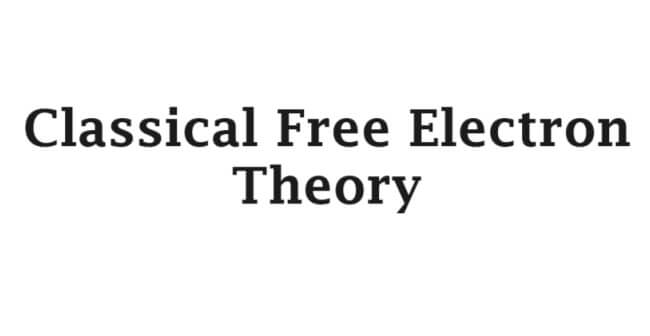The classical free electron theory is used to verify the Ohm’s law. In order to verify the same, consider that the steady state current density can be written as
eqn (1)
![]()
Similarly the steady state electrical conductivity
eqn (2)
![]()
On comparing equations (1) and (2)
eqn (3)
![]()
We know that the current ![]() density , the conductivity
density , the conductivity ![]() and the electric field
and the electric field ![]()
Therefore equation (3) becomes,
eqn (4)

But
![]()
Substituting the above value in (4) we get the Ohm’s law V = IR
| Read More Topics |
| Elemental and compound semiconductor |
| Semiconducting materials |
| Carrier – Concentration in metals |






